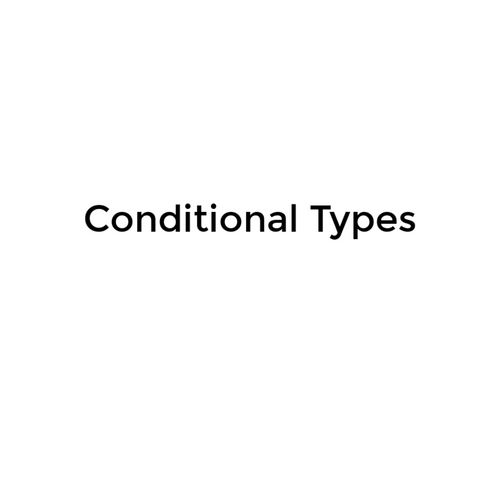Z-index
Stacking order
No z-index and position properties specified:
- the stacking order is the same as the order of appearance in the HTML
position is specified (other than static):
- any positioned elements (and their children) are displayed in front of any non-positioned elements
z-index is specified:
- z-index only works on positioned elements
- z-index values can create stacking contexts
Stacking context
Groups of elements with a common parent.
Can be formed in one of three ways:
- the root element of a document (the <html> element)
- has a position !== static and a z-index !== auto
-
several newer CSS properties also create stacking contexts
- opacity, transforms, filters, css-regions, paged media
General rule, if a CSS property requires rendering in an offscreen context, it will create a new stacking context.
Within the Same Context
From back to front:
- context root element
- positioned elements (and their children) with negative z-index values
- non-positioned elements
- positioned elements (and their children) with a z-index value of auto
- positioned elements (and their children) with positive z-index values
The ordered is always as appearance in the HTML.
z-index
By kenjiru
z-index
- 429



